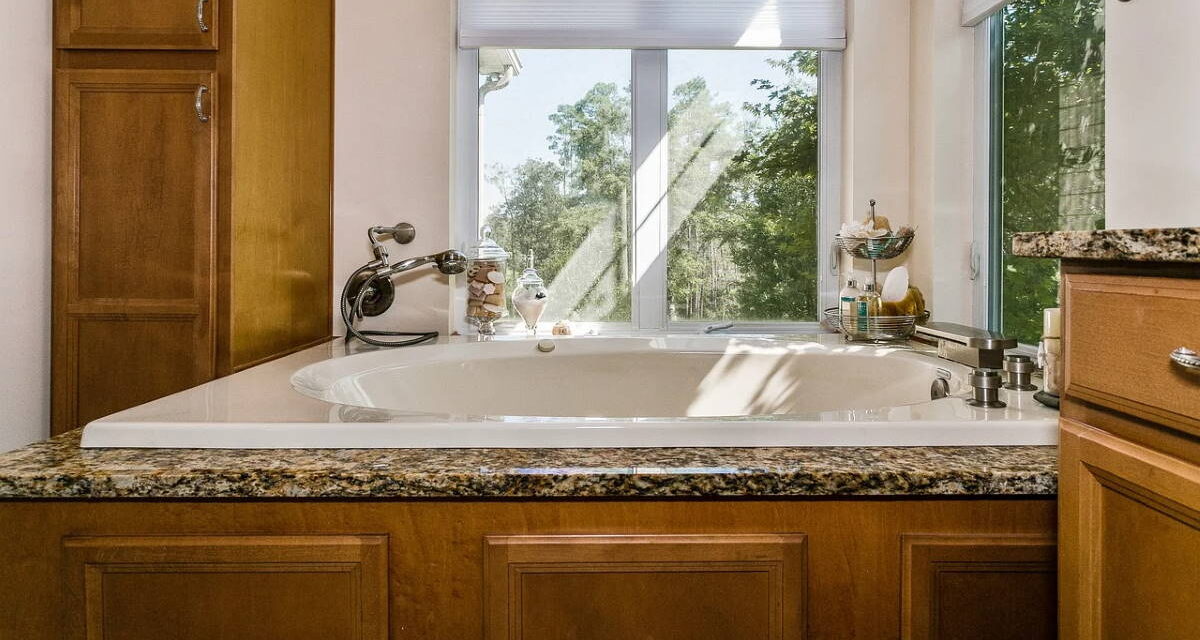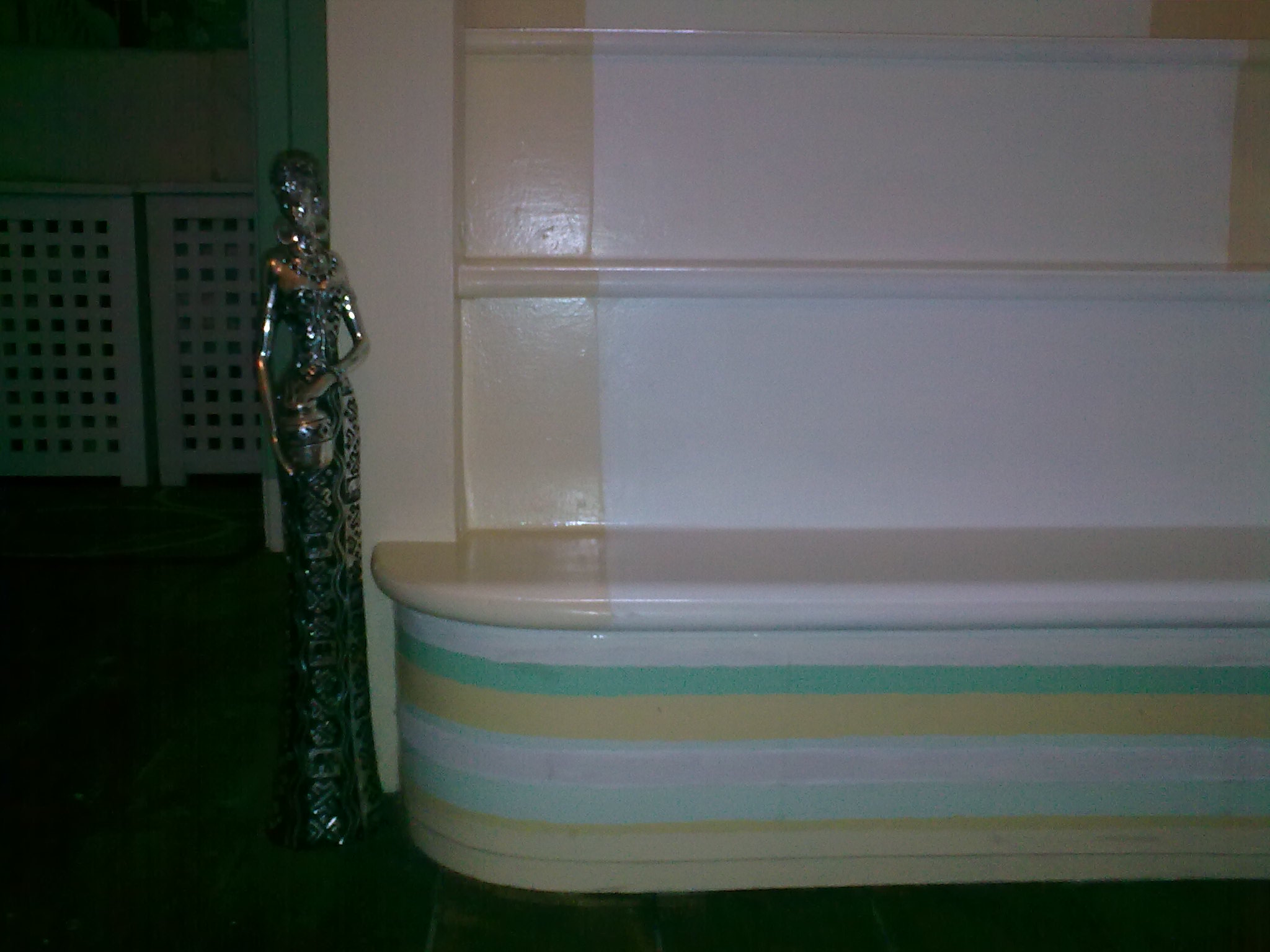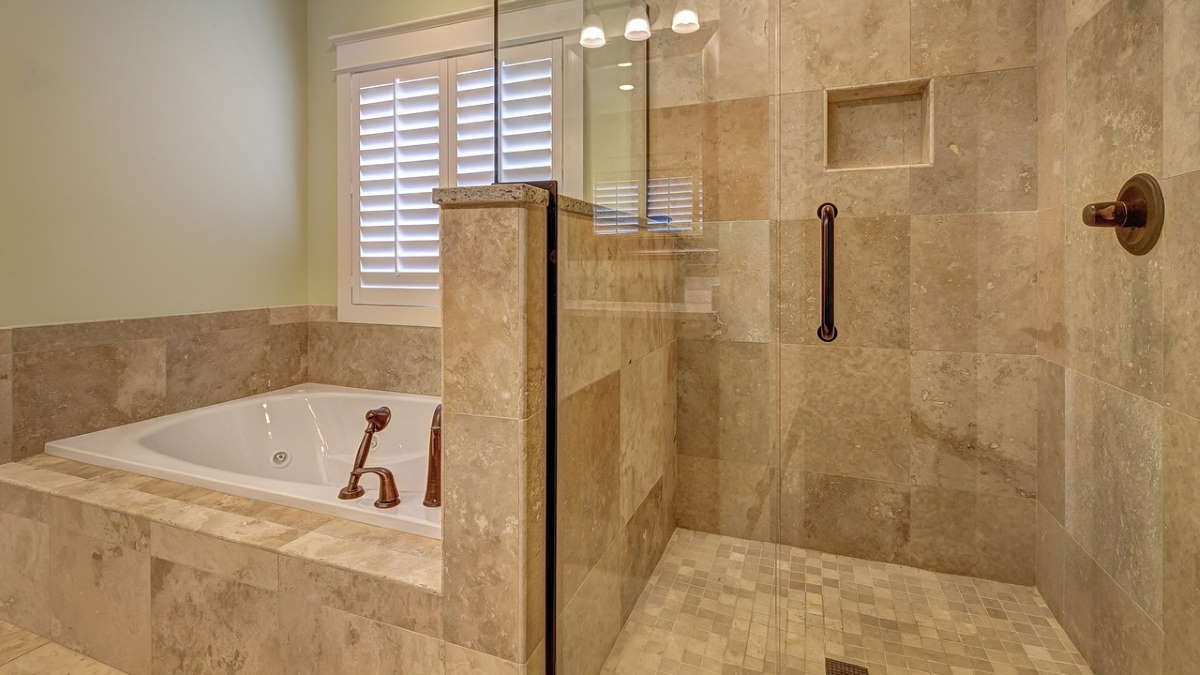There are three main reasons why you would want to convert your existing bathtub to a walk-in tub.
1) Due to age related issues where it becomes difficult to get in and out of a bathtub.
2) Just needing the convenience of using your tub as a shower or bathtub as required.
3) You want a change in bathroom décor or want to match your bathroom aesthetics with rest of the room.
While converting a bathtub to a walk-in tub seems like a good idea, you could face a few issues with the same.
It is not as easy as making a few cuts and adjustments to your existing bathtub.
It is important you know some of the potential issues you could face and have an idea of what it takes to create a walk-in bathtub before going ahead with your project.
Possible Issues to Consider
Tiling
Depending upon the setup of your current bathtub, you may have to break the tiles around it in order to create space for a walk-in tub.
Removing bathroom tiles is not an easy job. It involves breaking the tiles and part of the wall to accommodate for a new tub. Once the desired setup is in place, you then need to buy new tiles and redo the walls, complete tiling work, plastering etc.
Know that if your current bathtub is not an independent fitting, then removal or any cutting will result in redoing of the bathroom walls and tiles.
Piping
Similar to tiling, you need to check the flow of your existing pipes.
It is possible you may need brand new piping work to accommodate for your walk-in tub.
All this can lead to the whole project being a much bigger job than what you had bargained for initially.
Bathtub material
Certain bathtubs can be cut at strategic places to make it into a walkin-tub.
However, depending upon your current bathtub material, its depth and existing fittings in the bathroom, you may have to completely replace the bathtub instead of converting it.
Few people just reduce the depth of the bathtub in the center to sort of make it into an easy walkin-tub with a single step. However, this means your entire body may not be covered when sitting in the tub.
You need to know whether you are converting a bathtub or replacing it with a brand new system.
Budget
With tiling, wall work, pipes, bathtub replacement etc., your budget may not be enough for the entire project.
You may need to consult with professionals to get an understanding of the overall budget needed to convert your bathtub to a walk-in tub.
It is always advisable to create a financial projection spreadsheet to know exactly how much you may end up spending on your bathroom renovation. There will be of course a bit of plus or minus from the projected budget. However, you will have an idea about the costs involved and be able to take a more informed decision on your new walk-in tub.
Points to Remember
It is all about your existing setup.
Is your bathtub fixed to the wall or independent?
Do you have tiles around your bathtub?
Are you looking to replace your existing tub or convert it using various methods?
Do you have a budget in mind?
Note:
If one side of your bathtub is open and not covered by tiles or any other possible obstructions, then you can simply use the clean cut method to remove a section of the bathtub making it easy for getting in and out of the tub. This is usually the cheapest and most pain-free method of converting a bathtub to a walk-in tub.
In this case, the only thing to consider is if the material of your existing bathtub supports cutting part of it and then smoothening it out.
If you are planning on renovating your bathroom, you may enjoy our articles Design an Old-Fashioned Bathroom and Tips for Small Bathrooms.





